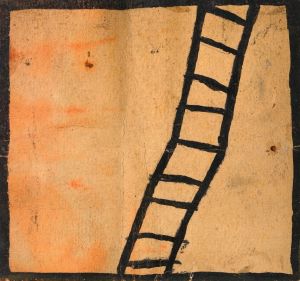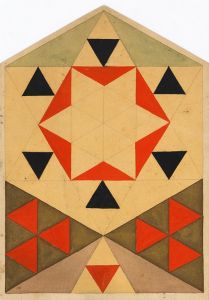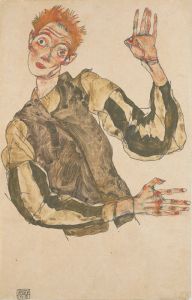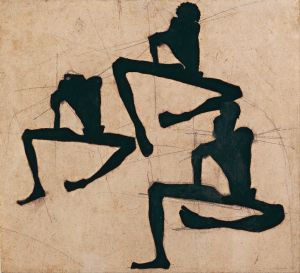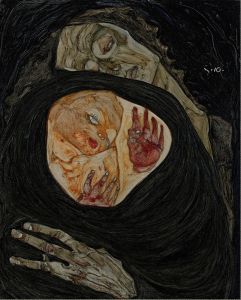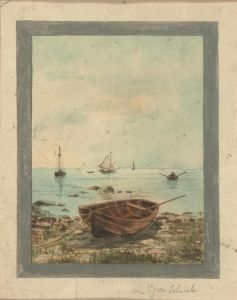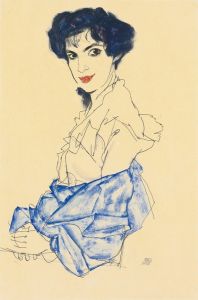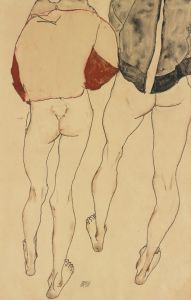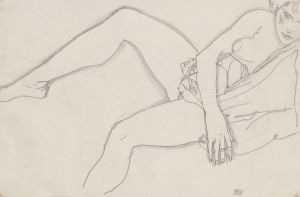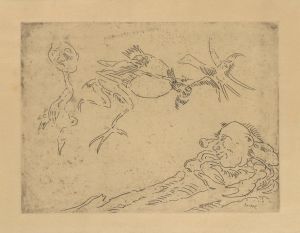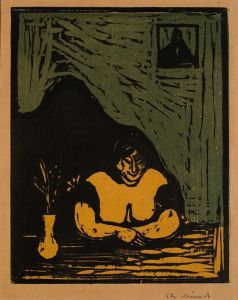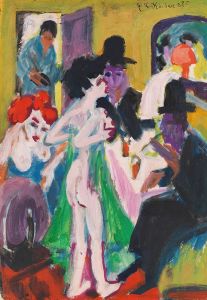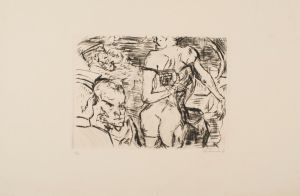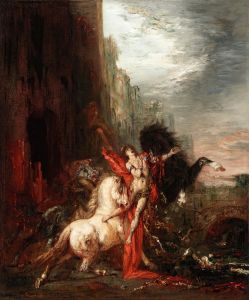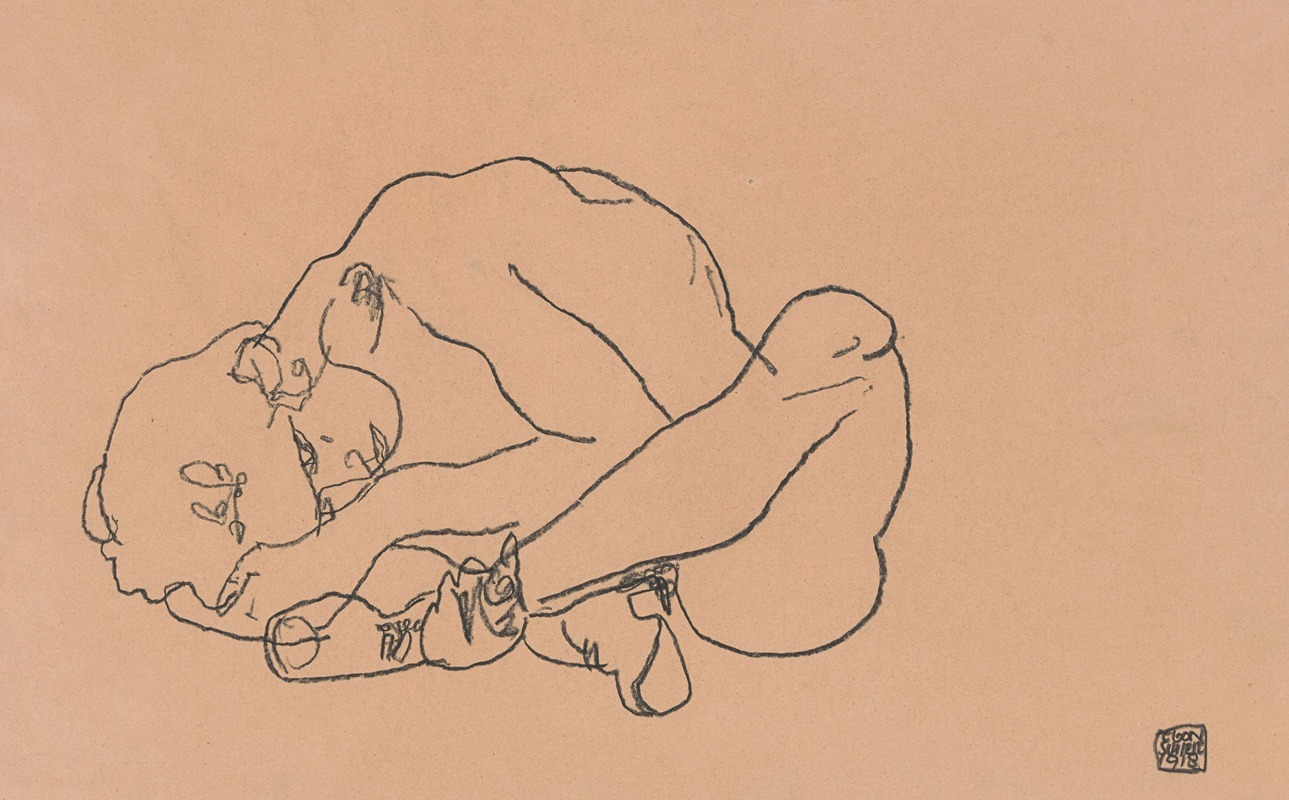
Squatting Woman
A hand-painted replica of Egon Schiele’s masterpiece Squatting Woman, meticulously crafted by professional artists to capture the true essence of the original. Each piece is created with museum-quality canvas and rare mineral pigments, carefully painted by experienced artists with delicate brushstrokes and rich, layered colors to perfectly recreate the texture of the original artwork. Unlike machine-printed reproductions, this hand-painted version brings the painting to life, infused with the artist’s emotions and skill in every stroke. Whether for personal collection or home decoration, it instantly elevates the artistic atmosphere of any space.
"Squatting Woman" is a painting by the Austrian Expressionist artist Egon Schiele, created in 1914. Schiele, born in 1890, was a protégé of Gustav Klimt and is known for his distinctive style that often features raw, emotional, and sometimes controversial depictions of the human form. His work is characterized by its intensity, eroticism, and the use of bold lines and stark, often unsettling compositions.
"Squatting Woman" is a prime example of Schiele's exploration of the human body and his ability to convey complex psychological states through his art. The painting depicts a woman in a squatting position, a pose that is both intimate and vulnerable. Schiele's use of this posture is significant as it breaks away from traditional, more passive representations of women in art, instead presenting a figure that is both powerful and exposed.
The woman in the painting is rendered with Schiele's characteristic angular lines and exaggerated forms. Her body is contorted in a way that emphasizes her skeletal structure, a common feature in Schiele's work that reflects his fascination with the human anatomy. The starkness of the lines and the almost skeletal depiction of the figure can be seen as a reflection of the artist's interest in the fragility and impermanence of the human body.
The color palette of "Squatting Woman" is relatively muted, with earthy tones dominating the composition. This choice of colors adds to the raw and unembellished nature of the painting, drawing the viewer's attention to the form and posture of the figure rather than any decorative elements. The background is minimal, further emphasizing the central figure and her pose.
Schiele's work, including "Squatting Woman," often elicited strong reactions from contemporary audiences due to its explicit and sometimes unsettling content. His willingness to confront taboo subjects and explore the darker aspects of human existence set him apart from many of his contemporaries and has cemented his place in the history of modern art.
Egon Schiele's career was tragically cut short when he died in 1918 at the age of 28, a victim of the Spanish flu pandemic. Despite his brief career, Schiele produced a significant body of work that continues to be celebrated for its emotional depth and innovative approach to the human figure. "Squatting Woman" remains an important piece within his oeuvre, exemplifying his unique artistic vision and his ability to capture the complexities of the human condition.
Today, Schiele's works, including "Squatting Woman," are held in high regard and are featured in major art collections and museums around the world. His influence can be seen in the works of later artists who similarly sought to push the boundaries of traditional representation and explore the more profound and often unsettling aspects of human life.





